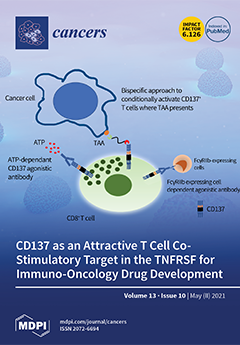Purpose: To compare the agreement for the criteria on the explant and the results of liver transplantation (LT) before and after adoption of the AFP (α-fetoprotein) model. Methods: 523 patients consecutively listed in five French centers were reviewed to compare results of the Milan criteria period (MilanCP,
n = 199) (before 2013) and the AFP score period (AFPscP,
n = 324) (after 2013). (NCT03156582). Results: During AFPscP, there was a significantly longer waiting time on the list (12.3 vs. 7.7 months,
p < 0.001) and higher rate of bridging therapies (84 vs. 75%,
p = 0.012) compared to the MilanCP. Dropout rate was slightly higher in the AFPscP (31 vs. 24%,
p = 0.073). No difference was found in the histological AFP score between groups (
p = 0.838) with a global agreement in 88% of patients. Post-LT recurrence was 9.2% in MilanCP vs. 13.2% in AFPscP (
p = 0.239) and predictive factors were AFP > 2 on the last imaging, downstaging policy and salvage transplantation. Post-LT survival was similar (83 vs. 87% after 2 years,
p = 0.100), but after propensity score analysis, the post-listing overall survival (OS) was worse in the AFPscP (HR 1.45,
p = 0.045). Conclusions: Agreement for the AFP model on explant analysis (≤2) did not significantly change. AFP score > 2 was the major prognostic factor for recurrence. Graft allocation policy has a major impact on prognosis, with a post-listing OS significantly decreased, probably due to the increase in waiting time, increase in bridging therapies, downstaging policy and salvage transplantation.
Full article






